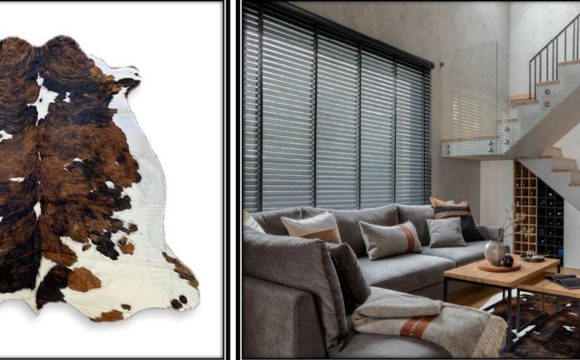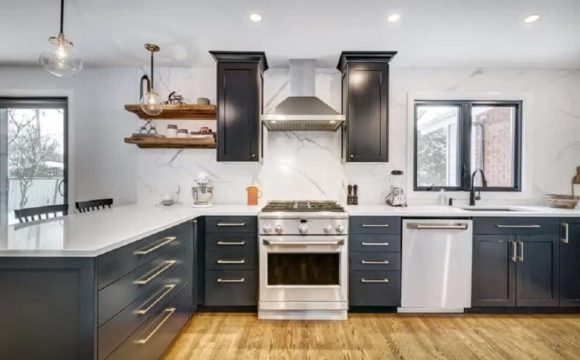As homeowners, protecting our properties from the potential damage caused by flooding is a top priority. However, integrating eco-friendly solutions into our flood prevention strategies not only helps safeguard our homes but also contributes to environmental sustainability. This guide offers comprehensive advice on adopting green practices that enhance flood resilience while being kind to the planet.
Understanding the Benefits of Rain Gardens
Rain gardens are an effective and aesthetically pleasing way to manage rainwater runoff. By directing runoff from rooftops, driveways, and other impervious surfaces into a specially designed garden area, rain gardens allow water to infiltrate into the soil rather than flowing into storm drains. This not only reduces the risk of flooding but also filters out pollutants, improving water quality. Planting native plants in your rain garden enhances local biodiversity and requires less maintenance and water than non-native species.
The Role of Permeable Paving in Flood Prevention
Permeable paving materials, such as pervious concrete, porous asphalt, and interlocking pavers, allow water to pass through the surface into the ground beneath. This technology helps manage heavy rainfall in urban areas where traditional non-porous materials contribute to runoff and flooding. Installing permeable paving in driveways, walkways, and patios can significantly reduce the amount of runoff from your property and lower the risk of water pooling and causing damage.
Advantages of Green Roofs in Urban Settings
Green roofs, or living roofs, involve growing vegetation on rooftops. This innovative approach not only insulates and cools buildings, reducing energy consumption, but also absorbs rainwater, reducing runoff. Green roofs can retain 70-90% of the precipitation that falls on them, depending on the system and climate, which significantly mitigates flood risk. They also add green space to urban environments, improve air quality, and provide habitats for wildlife.
Utilizing Swales to Enhance Landscape Drainage
Swales are shallow, vegetated channels designed to slow and capture runoff while facilitating water infiltration into the soil. Positioned along the contour of a landscape, swales can be integrated into residential gardens and yards to enhance drainage, particularly in areas prone to accumulating water. They can be planted with a variety of grasses and other plants that thrive in wet conditions, further enhancing their effectiveness and visual appeal.
Incorporating Rain Barrels for Water Management
Rain barrels can be connected to downspouts to collect rainwater from roofs, which can then be used for gardening and landscaping. This practice not only conserves water but also reduces dependence on municipal systems and lowers the volume of runoff during storms. By storing rainwater, homeowners can control its release into the ground, preventing sudden surges that can lead to soil erosion and flooding.
Long-Term Benefits and Considerations
Adopting these eco-friendly flood protection measures can have significant long-term benefits for homeowners and communities alike. They reduce the strain on municipal stormwater systems, lower the risk of local flooding, and contribute to the creation of sustainable urban environments. However, planning and implementing these solutions require consideration of local climate conditions, soil types, and specific property layouts. Homeowners might also consider consulting with environmental experts or landscape architects to maximize the effectiveness of these installations.
By embracing these sustainable flood protection solutions, homeowners can play an active role in preserving the environment while enhancing the safety and resilience of their homes against flooding. This guide aims to provide valuable insights and practical steps for those looking to make a positive impact through environmentally conscious property management.








